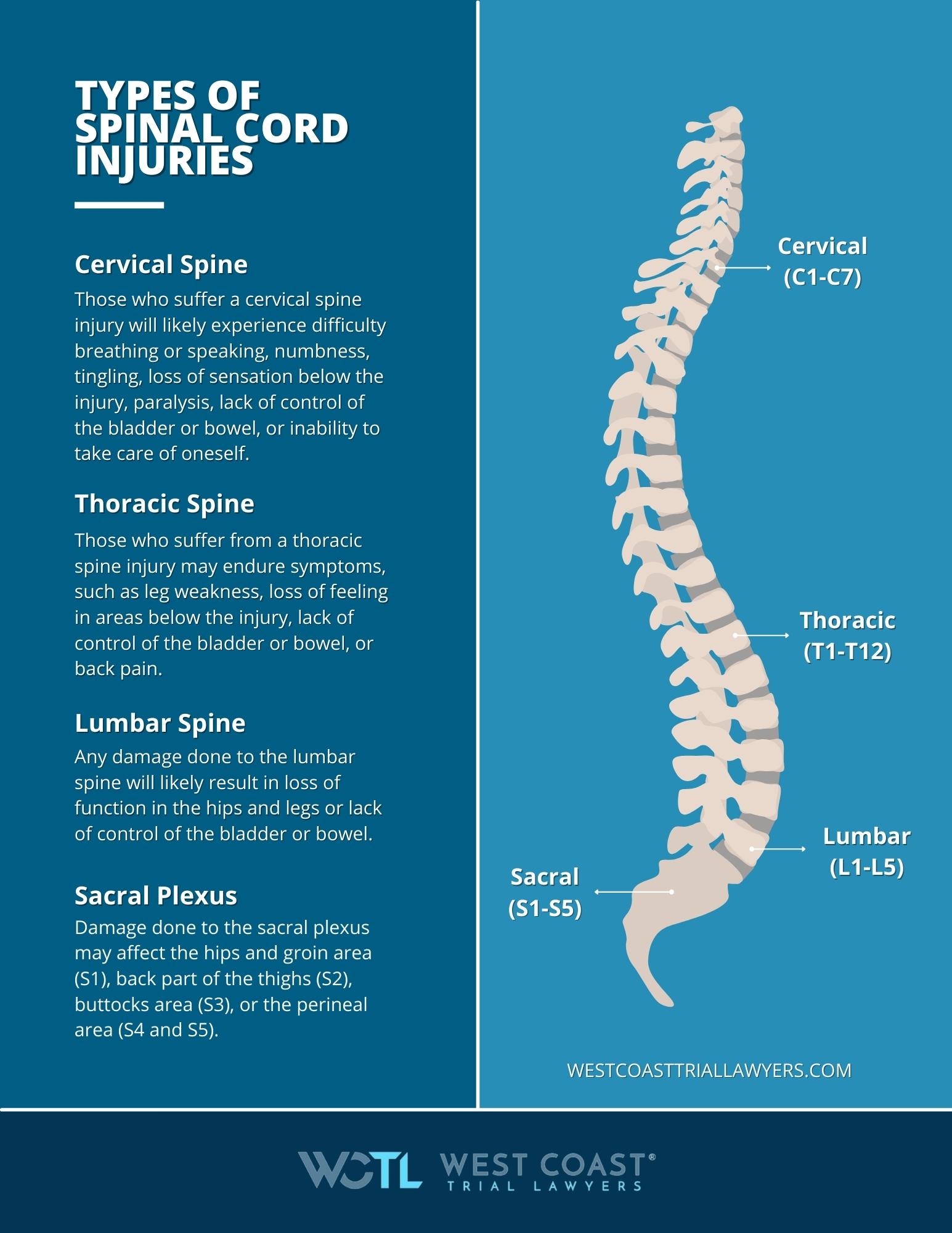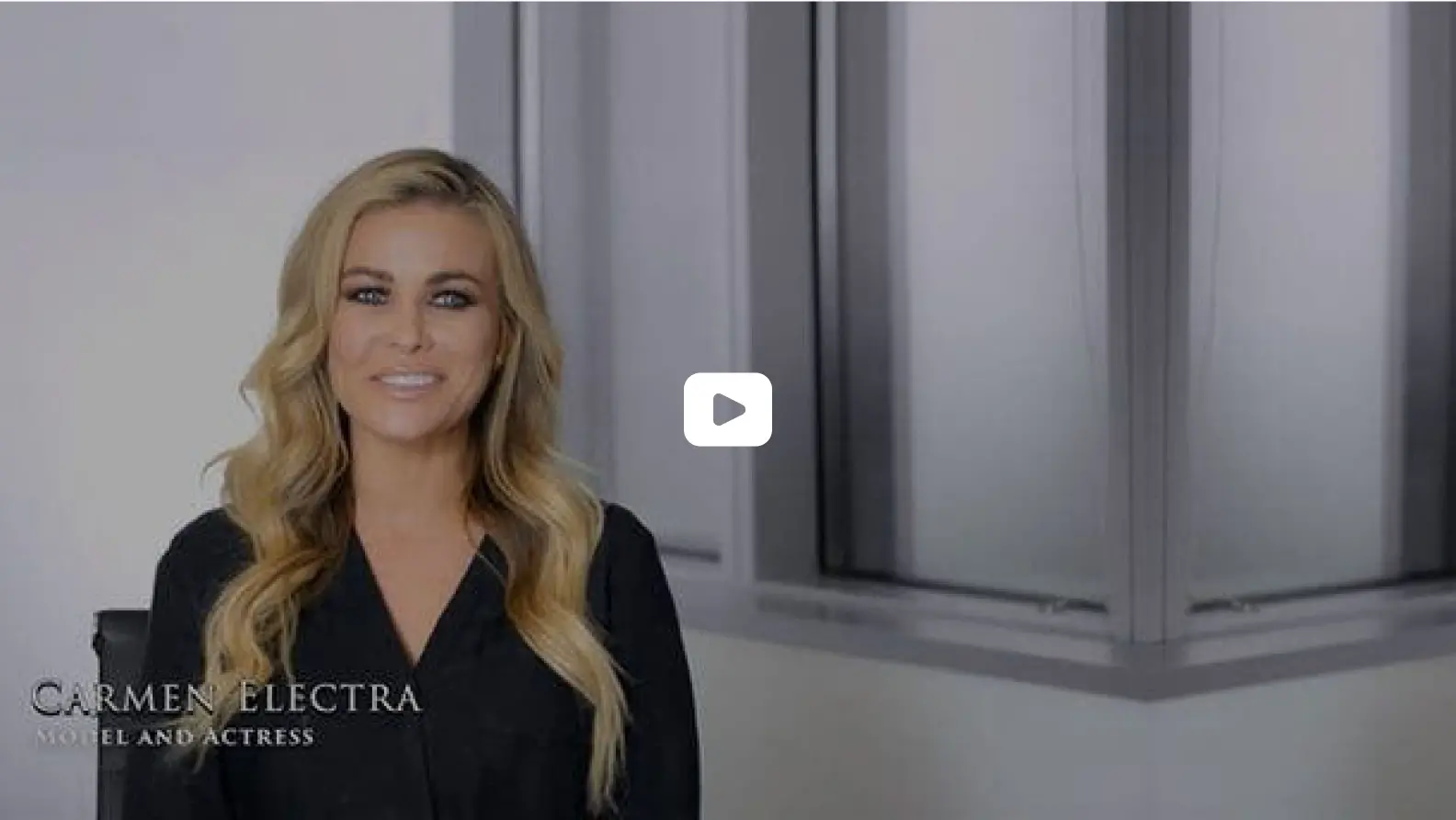
Long Beach Spinal Cord Injury Lawyer
Get a Free Consultation With a Personal Injury Lawyer
A spinal cord injury is usually caused by forceful impact to the back. Common factors that contribute to this type of injury include motor vehicle accidents, high impact sports, slip and fall accidents, and violence. Unfortunately, spinal cord injuries are not curable, but can still be treated to make some improvements that will make life a bit more comfortable for the victim.
If your spinal cord injury was caused by the negligence of another individual, you may be entitled to receive compensation for your losses. At West Coast Trial Lawyers, our experienced Long Beach spinal cord injury attorneys have won over 5,000 personal injury cases and recovered more than $1 billion in settlements for our clients. Due to our achievements, we have been ranked as one of the top personal injury law firms in Long Beach.
To schedule a free, no-obligation consultation at our Long Beach personal injury law firm, contact our 24/7 legal staff by calling (562) 396-9874 or emailing info@westcoasttriallawyers.com.
Types of Spinal Cord Injuries

The spine has three main segments, which include the cervical, thoracic, and lumbar spine. A person may endure a different type of pain or symptoms depending on which area of the spine they injured. Below, we will discuss more about these three main segments, along with the sacral plexus, and what effects they may cause to the body when damaged.
- Cervical Spine. The cervical spine has seven vertebral segments (C1 to C7). This area of the spine is considered as strong and flexible as it allows the neck to move in various directions. A cervical spine has many important roles, such as protecting the spine, supporting the head, allowing neck movement, and helping blood flow to the brain. Those who suffer a cervical spine injury will likely experience difficulty breathing or speaking, numbness, tingling, loss of sensation below the injury, paralysis, lack of bladder or bowel control, or inability to take care of oneself.
- Thoracic Spine. The thoracic spine is identified as the longest area of the spine. It is located in between the cervical spine and lumbar spine. It has 12 vertebral segments (T1 to T12) and appears to have a kyphotic curve. The thoracic spine is in charge of providing stability and support. Those who suffer from a thoracic spine injury may endure symptoms, such as leg weakness, loss of feeling in areas below the injury, lack of control of the bladder or bowel, or back pain.
- Lumbar Spine. The lumbar spine, which has 5 vertebral segments (L1 to L5), has the role of supporting and stabilizing the upper body. It also is in charge of controlling truncal and leg movements. Furthermore, the upper lumbar vertebrae protects the spinal cord, while the lower vertebrae acts as a barrier to the cauda equina nerves. Any damage done to the lumbar spine area will likely result in loss of function in the hips and legs or lack of control of the bladder or bowel. Those who suffer from this type of spinal cord injury may need a wheelchair or leg braces.
- Sacral Plexus. The sacral plexus is located in the lowest section of the spine. It is identified as a group of nerves that offer motor and sensory functions to the lower parts of your body, such as your pelvis, the back of your thighs, and most of your feet, ankles, and calves. Damage done to the sacral plexus may likely result in an impact to the hips and groin area (S1), back part of the thighs (S2), buttocks area (S3), or the perineal area (S4 and S5).
Diagnosing a Spinal Cord Injury
There are multiple ways to diagnose a spinal cord injury. A majority of factors involve using imaging tests, such as an X-ray, CT scan, or MRI. The X-ray will show vertebral issues, fractures, tumors, or any other noticeable changes to the spine. A CT scan will provide a more clear image of the spine for the doctor to get a better look at any abnormalities. An MRI can help the doctor find any blood clots, herniated disks, or other concerning masses that could damage the spinal cord. A physical examination may also be administered. This will test your sensitivity to touch. The spine specialist will see whether or not your arms and legs are still healthy. They will also check to see if you have healthy muscle reflexes or strength. You may be asked to wear a cervical collar to properly immobilize the neck and top region of your spine until the doctor lets you know when you no longer need to have it on.
Treating a Spinal Cord Injury
Once you are given a diagnosis, your spine specialist will create a treatment plan that will help you deal with your spinal cord injury. Potential recommendations to treat your spine may include the following:
- Medication. Common medications that are administered to those who suffer from a spinal cord injury include antibiotics, antidepressants, corticosteroids, muscle relaxants, narcotic analgesics, and so on.
- Immobilization. You may need to get your spine stabilized after it has been damaged. Neck braces will help align your spine properly.
- Surgery. This is a required step to take if the doctor discovers any bone fragments, herniated disks, or fractured vertebrae.
- Rehabilitation. Once you are in the recovery stage, your doctor may recommend you to visit a rehabilitation team. You will likely have to make appointments to see a physical therapist, occupational therapist, spinal cord injury specialist, social worker, or a rehabilitation psychologist. These therapists will help you get through pain and discomfort, along with teaching you some exercises that will make your muscles stronger and improve your motor skills to help you do basic activities.
- Technology. There are various types of technology or equipment that can help you enhance your mobility. These include using standard or electric wheelchairs, a clinical electrical stimulation (CES) device, or an electronic aid. A standard or electric wheelchair will make it more convenient for you to move without experiencing pain from your spine. You may be offered either type of wheelchair depending on your situation or preference. A clinical electrical stimulation (CES) will help you move different parts of your body, such as your arm or leg muscles. This will allow you to stand, walk, reach, or grip. An electronic aid will make it easier for you to perform activities without the need to physically move around. You must use voice-controlled and computer-based systems to make this work.
Recovering From a Spinal Cord Injury
There is necessarily no full recovery with a spinal cord injury as it is incurable. However, a spinal cord injury victim may notice some improvements within one week to six months after the initial date of the accident. Others may experience results a few years later. Improvements to a spinal cord injury can vary depending on what segment of the spine has been critically damaged and how the body has responded to the treatment.
Contact Us
If you are a victim of a spinal cord injury due to another individual’s negligence, West Coast Trial Lawyers has certified Long Beach spinal cord injury attorneys with over 60 years of collective legal experience in handling personal injury cases. We are confident that we will deliver a good outcome to your settlement.
To schedule a free consultation at our Long Beach personal injury law firm, please reach out to our 24/7 legal team by calling (562) 396-9874 or emailing info@westcoasttriallawyers.com.



